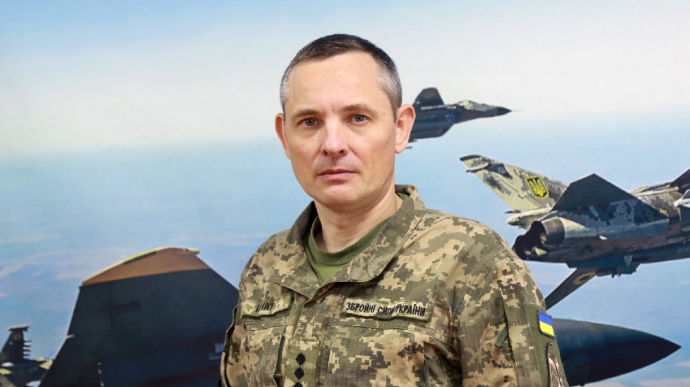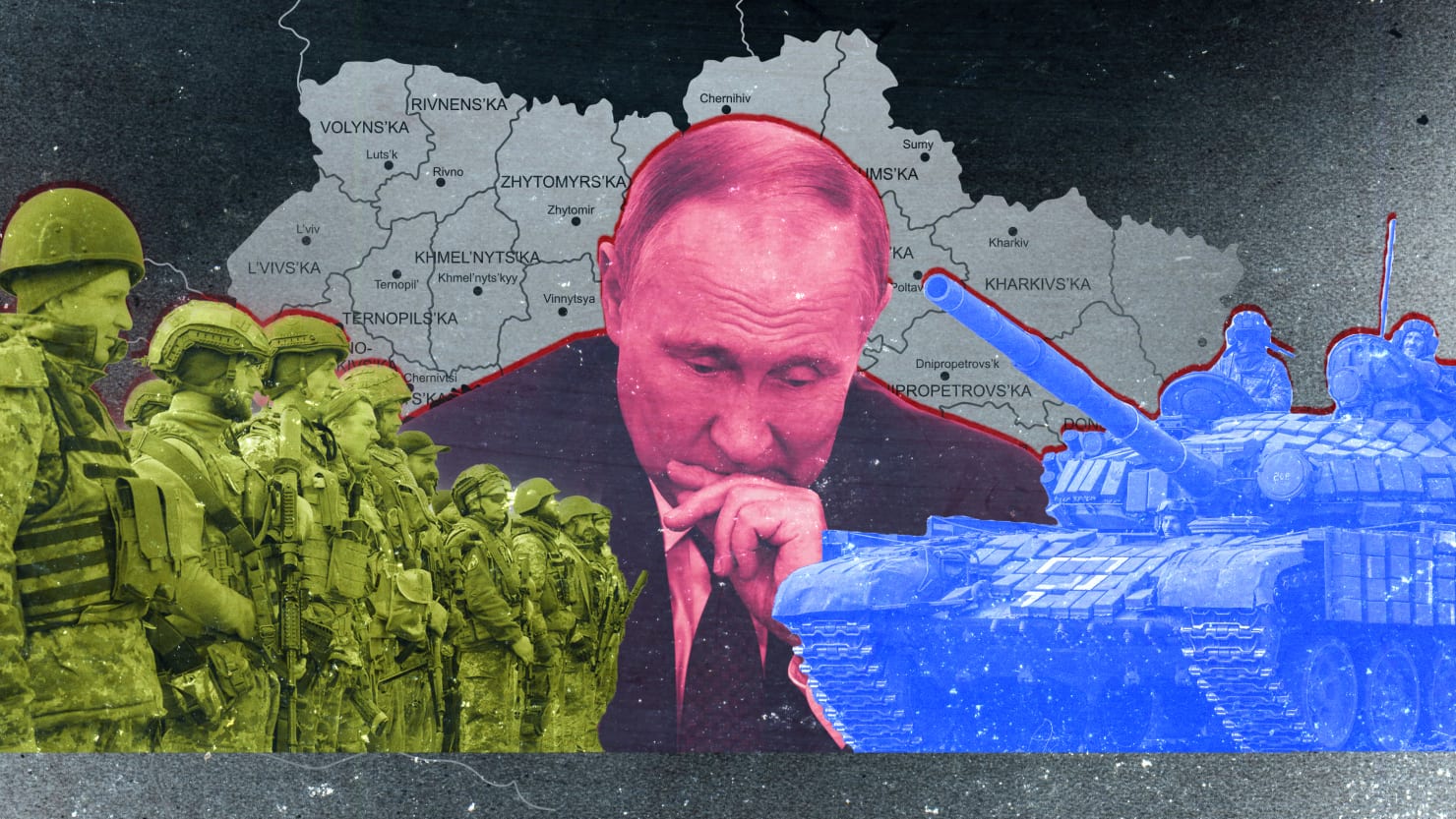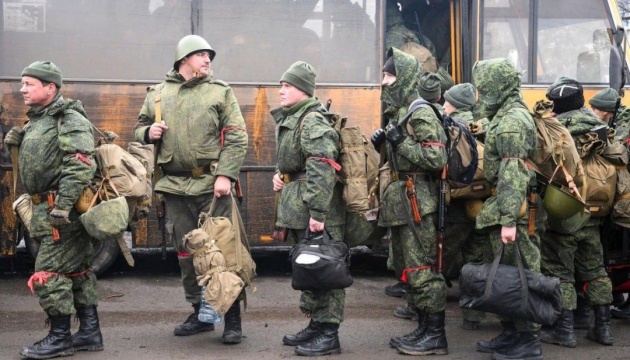Russians chasing a hare in the dark with grenades and a Ukr sniper,
The mobiks are starving.
They could be moving a lot of things. We don't know what the Russians are buying from China. It's not the electronic components they really need to make their most sophisticated weapons. Those are German parts and the Chinese don't have equivalents.
The PLA uses a lot of equipment that has its roots in the USSR so there is a lot of compatibility in older weapons systems. The Russians are so short of everything they could be buying Chinese made AKs, ammunition, uniforms, body armor, commercial drones to be modified, or a long list of other items that they need just to put the mobiks on the front line with minimal gear.
They still have over 100K mobiks cooling their heels in Russia because they don't have even the minimal gear to give them. The people who have been deployed have gotten a basic summer uniform, a rifle, and not much else. Mobiks in phone calls home have complained about having to scrounge for ammunition. Many complain they have no food or only very minimal food. The weather is getting cold and they still don't have winter gear.
Mobiks are going to be dying of fostbite and hypothermia soon. Back in March the Russians lost a lot of troops to the cold in the north. When the Ukrainians took back the north they found a lot of bodies that had died from the weather.
Recent thoughts from Trent Telenko about what is going to happen to the "professional" troops in the coming months
Thread by @TrentTelenko on Thread Reader App
I expect Ukraine will keep up the pressure all winter and Russia will find it necessary to throw the units pulled from Kherson back into the fight before they are ready.
What's happening to the Russian army is similar to what happened to Japanese air power in the Pacific. Through most of 1942 Japanese aviation, especially naval aviation was better than what the Americans could field. The American advantage was a deep bench and a doctrine of preserving pilots by constantly rotating them through the front lines. Short term this was a weakness for the Americans, but long term it paid dividends.
By late 1942 neither side had much in the way of operational aircraft carriers. The US was down the the Saratoga with the Enterprise undergoing a major repair and overhaul in Bremerton, WA. Similarly the Japanese were down to two fleet carriers the Zuikaku and Shokaku. The Shokaku was undergoing repair and the Zuikaku was down for much needed maintenance.
The US and Japan had a major struggle for Guadalcanal in the Solomon Island chain, but by the end of 1942 it was looking like the US was going to force the Japanese off the island. With no carriers the US developed an offensive plan for 1943 that would walk its way up the Solomon chain taking islands using air power from other islands already captured. To counter this the Japanese kept feeding air power into their fortress at Rabaul on NW end of the island chain. At one point they fed in all their remaining carrier based aircraft and crew to fill out losses.
The attritional air war did change a little in Japan's favor for a short while, but those pilots were irreplaceable with Japan's wartime training program (which was much shorter and less comprehensive than the pre-war program) and the US was able to replace lost pilots quickly from a growing reserve of well trained pilots.
By the end of 1943 the IJN (Imperial Japanese Navy) was rebuilding their carrier fleet, but they had few carrier qualified pilots left. They went on a crash training program around the South China Sea which had the advantage of being far away from any Allied airpower as well as being close to their oil supply so they had enough fuel for some training. There were a lack of refineries in the region so fuel was not in over abundance. Additionally they were fueling their carriers with straight crude oil from Borneo, which could be used directly in a pinch, but it had a lot of contaminants that would have been removed in refining and had some degree of light ends, basically gasoline. Bunker sea is a heavier oil closer to diesel than gasoline. The light ends tend to leave a lot of vapors in the fuel tanks as the fuel is burned, which becomes an explosion hazard. The contaminants clog up the engines and they require more maintenance.
They knew the US was going to make a major move by mid-1944. Task Force 58 had been conducting air raids on Japanese outposts all over the western Pacific. They had hit the Marianas islands hard, hit islands north of New Guinea, hit Iwo Jima, and the Philippines. The Japanese moved the carriers to the Philippines to prepare to counter the next American move. They guessed it would be the Marianas and they were correct.
US submarines around the Philippines curtailed training. Every time the carriers went out, US subs would follow them. Eventually they quit trying to train at all. The air crews were not well trained, but they had some training. The Japanese decided they would have to make do with what they had.
When the US landed on Siapan in early June 1944, the entire IJN fleet set sail to counter them. Because there were so many US subs in the area, their move was quickly detected and the USN prepared for the fight.
The battle was called the Marianas Turkey Shoot because the USN played a perfect defensive battle and shot down most of the Japanese aircraft thrown at them. The Japanese only managed to hit one ship, the USS South Dakota which got hit with one small bomb. US subs sank two of the largest carriers and aircraft sank one more, but the carrier fleet escaped with most of the ships intact.
After the battle the IJN tried to rebuild their carrier airpower. They reconstituted the units that had been devastated with green air crews and tried to train them up. The Japanese had a number of defensive plans based on what the next move was by the US. One element of the plan was to rush all available air power, including the new carrier squadrons to the fight if invasion looked imminent. If the carrier pilots had a chance to train up, the carriers would be deployed with their aircraft, but if they didn't have time to get carrier qualified they would be committed from land bases.
At this point in the war the US was alternating commanders from one battle to the next. Admiral Spruance had been in charge of the Marianas operation, and next it was Admiral Bill Halsey's turn for the invasion of the Philippines. Like with the invasion of the Marianas, Halsey conducted raids on every base within range of the Philippines to whittle down Japanese air power. The Japanese thought the next invasion could be Iwo Jima, Formosa (Taiwan), the Philippines, or Okinawa. An invasion of Formosa would allow the US to supply China directly from the sea and there was planning to do this, but the Japanese conducted a land offensive that took the ports along the coast that would have been necessary to supply China from Formosa.
In any case in early October, only a few weeks before the invasion at Leyte Gulf in the Philippines, Halsey conducted a raid on Formosa to neutralize air power there. Somebody in the IJN command thought that Formosa was the next invasion target and it triggered some of the invasion counter plans, which included sending all their poorly trained carrier squadrons to Formosa.
The Japanese had some minor success, torpedoing two US cruisers which both needed towing to safety. But they lost around 500 aircraft and crew. It broke the back of the IJN's carrier air power. In the Battle of Leyte Gulf the Japanese carriers were just bait to lure away American air power from the surface ships that were trying to sink the landing force. The Japanese threw away a number of carriers as decoys and their ability to conduct carrier operations was finished.
This is the arc the Russian army is on. They didn't start the war with anything like the pre-war IJN pilot quality, but they had some moderately competent units. The VDV and naval infantry units were used heavily in the early fighting and they got gutted. They have been trying to keep them going feeding in green but somewhat trained troops. At least they had basic training.
They tried to achieve something sending all their trainers to Ukraine, but now those people have been used up too. They have nobody left to train new recruits. The mobiks are given old rifles, taught some very basic things, and sent to the front. Those are the people who will be shoved into the gutted out formations of more professional soldiers. The surviving professional soldiers might be able to whip the mobiks into some kind of fighting force given some time, but when the next emergency comes, those units will be shoved back into combat with a handful of worn out veterans too combat fatigued to be of much use and a lot of poorly trained mobiks who might know the business end of a gun at that point, but not much else.
Like the Japanese at Formosa, they might score a few small successes. As the saying goes "even the blind pig finds the occasional truffle". But overall, the Ukrainians will just gut the units again, killing of permanently maiming the remaining professionals, leaving shattered units with no leadership and no veterans.
The Russians have been fielding units with the "Guards" designation. These are units that got that distinction in WW II when it performed well in combat. But the designations mean nothing today other than a reference to past glories. A Guard unit today is no better than a unit without the Guard designation. Similarly the professional units are getting watered down to a point where they are only marginally better than units that are all mobiks.
The Russians can throw a lot of warm bodies at the fight, who will turn cold very quickly, but they can achieve very little with this force. They are running out of everything to equip these men and they have no means to train new troops.
As their specialties get hollowed out, they are trying to replace them with people who have no training. They have forced some mobiks who have never driven anything into being tank drivers. They probably have a lot of pre-war anti-aircraft people left and other behind the lines specialties, but the frontline specialties have taken heavy losses too. They are fielding tanks that are 60 years old with crews who don't know what they are doing. There are stories that they have been fielding tanks built for a crew of three with only two crew members, which makes the tank little more than a target.
This is an army that is unraveling. They are doing serious damage to the long term institution just to keep it in the field. With the trainers gone, they now have nobody to train conscripts. Their losses are high which means they are not just bleeding experienced people, they are losing institutional knowledge. When they rebuild the army after this war (if the country doesn't fall apart), they will have to start from scratch rebuilding that institutional knowledge. It will take them decades before they are even remotely competent again.
The Russia that comes out of this war will also be impoverished due to the sanctions. Rebuilding will be painfully expensive and painfully slow. The army they started the war with had 70 years of leftover Soviet gear to use, but much of that has been burned up by the war. The modern Russian military has very little new gear, despite their industry producing some modern equipment because they haven' had the funds to buy much of the new gear in quantity. Now they are going to have to buy a lot of the new gear, which will be a massive strain on their budget. With the inherent massive corruption, there is also the question of how much of it will actually make it to the new army.
Russia is in serious trouble.







